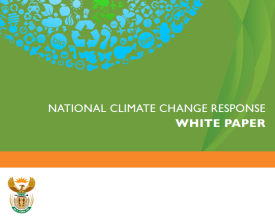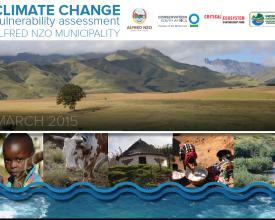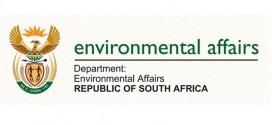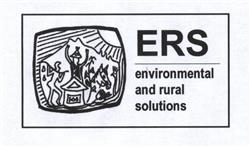
Developing sustainable landscapes in grasslands of South Africa
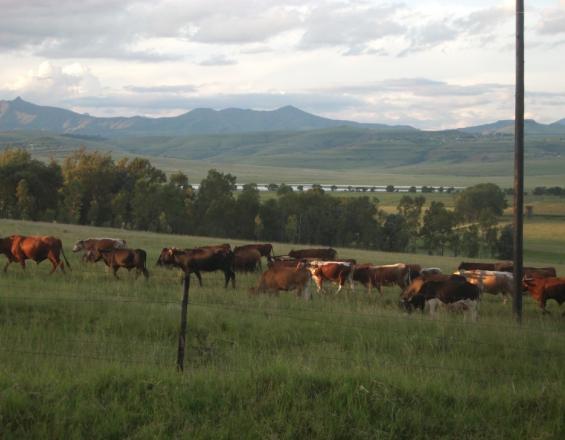
Conservation South Africa (CSA) conducted a vulnerability assessment for the Alfred Nzo District Municipality which includes EbA priority maps and a climate change response strategy. CSA is piloting EbA by working as an implementing partner with the Department of Environment Environmental Programmes to keep areas free of alien invasive species post clearing, using ecorangers, to assist with restoration and working with restoration and working with communal farmers on sustainable grazing management.
Context
Challenges addressed
Location
Process
Building Blocks
National Climate change response policy enables local level implementation
Enabling factors
Lesson learned
Vulnerability assessments and EbA priority maps integrated into local policy and planning that include an index for monitoring
Enabling factors
Lesson learned
Resources
Ecoranger programme and DEA land user incentive programme
Enabling factors
Lesson learned
Resources
Impacts
1) Communities have more access to water due to the removal of alien invasive species, and wetland and spring restoration/conservation. Women are travelling much shorter distances to fetch water compared to before. This reduced the number of incidents where women and children were being attacked and raped while walking through wattle jungle.
2) Farmers are more resilient as they have access to rangeland that can be grazed which was previously under alien vegetation, as well as by engaging in sustainable land management practices their livestock are more productive with better grazing lands.
3) Community engagements created a platform for elderly people to share indigenous knowledge with the younger people.
4) Farmers livelihoods are enhanced as their livestock are more productive and they have better access to markets.
5) Carbon sequestration below soils is a benefit of the approach but not being measured at present.
6) The river system is less susceptible to soil erosion and siltation of dams. There is a great sense of community engagement and ownership due to the direct benefits.
7) Health of the livestock has improved, diseases are being combatted and abattoirs are happier to buy cattle from communal areas due to vaccination interventions.
8) Enhanced biodiversity protection through removal of alien invasive and introduction of rotational grazing and resting.
Beneficiaries
Sustainable Development Goals
Story



